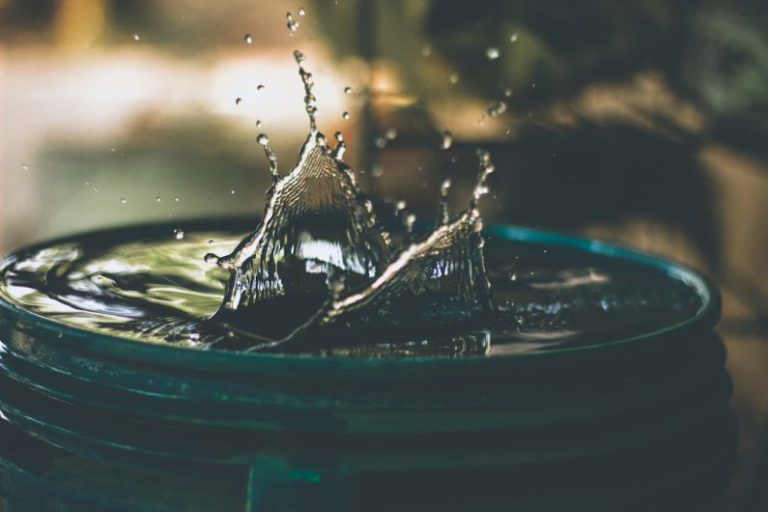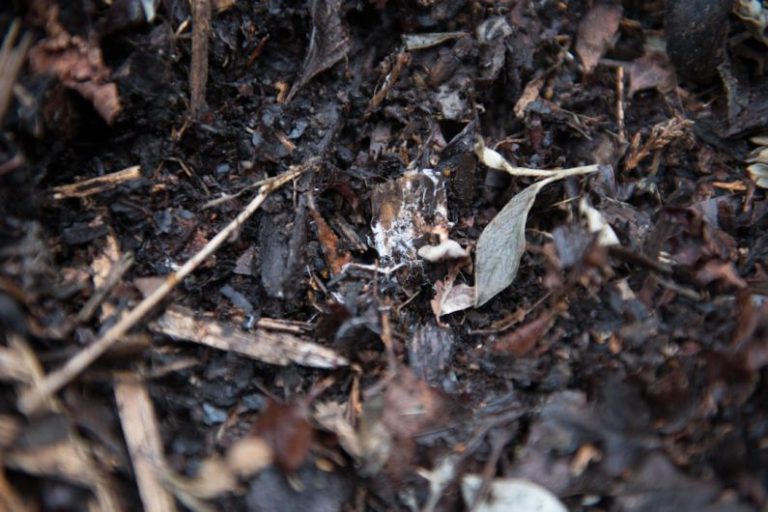What Are the Best Plants for Indoor Air Purification?
Indoor air quality is a crucial aspect of our overall well-being, considering we spend a significant amount of time inside our homes. Poor air quality can lead to various health issues, such as respiratory problems, allergies, and headaches. One effective way to improve indoor air quality is by incorporating plants that act as natural air purifiers. Not only do these plants enhance the aesthetics of your living space, but they also help in reducing harmful toxins and impurities present in the air. Let’s explore some of the best plants for indoor air purification that you can easily include in your home.
Spider Plant
The Spider Plant, also known as Chlorophytum comosum, is a popular choice for indoor spaces due to its easy maintenance and air-purifying properties. This plant is effective in removing toxins like formaldehyde and xylene from the air, which can be found in common household items such as paints and furniture. With its long, arching leaves and small white flowers, the Spider Plant adds a touch of greenery to any room while improving air quality.
Peace Lily
The Peace Lily, scientifically known as Spathiphyllum, is a visually appealing plant that also acts as a natural air purifier. It is particularly efficient in removing airborne toxins like ammonia, benzene, and formaldehyde. The Peace Lily thrives in low light conditions, making it an ideal choice for rooms with minimal sunlight. Its elegant white flowers and dark green leaves make it a beautiful addition to any indoor space.
Snake Plant
The Snake Plant, or Sansevieria trifasciata, is a hardy plant that is renowned for its air-purifying abilities. This plant is especially effective in filtering out formaldehyde, trichloroethylene, and benzene from the air. The Snake Plant is easy to care for and can survive in low light and irregular watering conditions, making it a perfect choice for beginners or those with a busy schedule. Its tall, sword-shaped leaves add a modern touch to any room.
Aloe Vera
Aloe Vera is not only known for its healing properties but also for its ability to purify indoor air. This succulent plant is effective in removing formaldehyde and benzene, which are commonly found in cleaning products and paints. Aloe Vera thrives in bright, indirect sunlight and requires minimal watering, making it a low-maintenance plant for indoor spaces. Additionally, the gel inside its leaves can be used for various medicinal and skincare purposes.
Boston Fern
The Boston Fern, scientifically named Nephrolepis exaltata, is a lush and leafy plant that is excellent at removing toxins like formaldehyde and xylene from the air. This plant thrives in high humidity and indirect sunlight, making it a perfect choice for bathrooms or kitchens. The Boston Fern requires regular watering to maintain its vibrant green foliage and is a great option for adding a touch of nature to your indoor environment.
Rubber Plant
The Rubber Plant, also known as Ficus elastica, is a popular choice for indoor spaces due to its large, glossy leaves and air-purifying properties. This plant is effective in removing toxins like formaldehyde and airborne bacteria, improving indoor air quality. The Rubber Plant thrives in bright, indirect sunlight and requires occasional watering. Its striking appearance makes it a statement piece in any room while providing health benefits.
Incorporating these plants into your indoor environment not only enhances the aesthetic appeal of your living space but also helps in purifying the air you breathe. By choosing plants like the Spider Plant, Peace Lily, Snake Plant, Aloe Vera, Boston Fern, and Rubber Plant, you can create a healthier and more inviting atmosphere in your home. Make a conscious effort to include these air-purifying plants in your living spaces to reap the benefits of cleaner and fresher indoor air.






